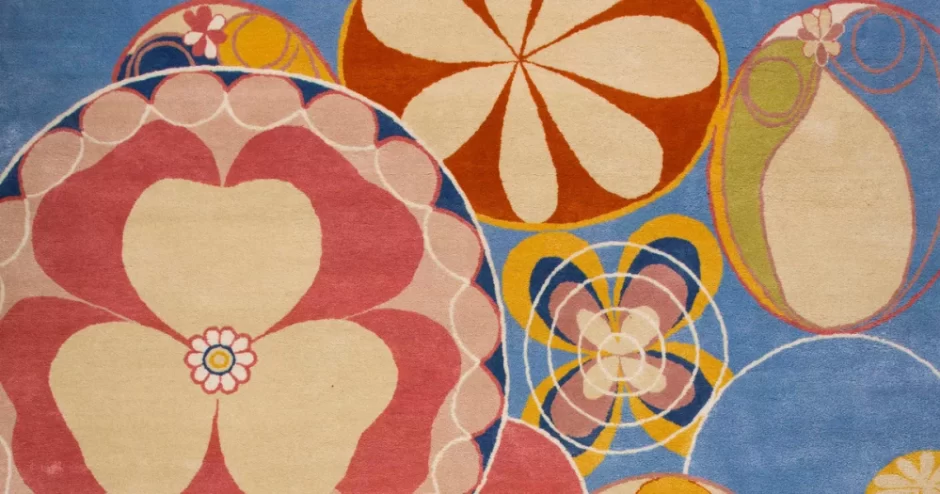THE DUTCH EXHIBITIONS THAT NEED TO BE ON YOUR RADAR FOR 2023
The Netherlands is well known for many things: windmills, clogs, tulips and Amsterdam’s red light district, but it should also be celebrated for its cultural offerings as the Dutch Masters are having a moment.
2023 promises an array of spectacular shows in the classical art world, and along with contemporary galleries dotting the off-the-beaten-track cities, there is plenty to tempt luvvies to explore beyond the capital. Although, possibly the most anticipated show of the year will be the Vermeer retrospective which is opening at the Rijksmuseum Amsterdam.
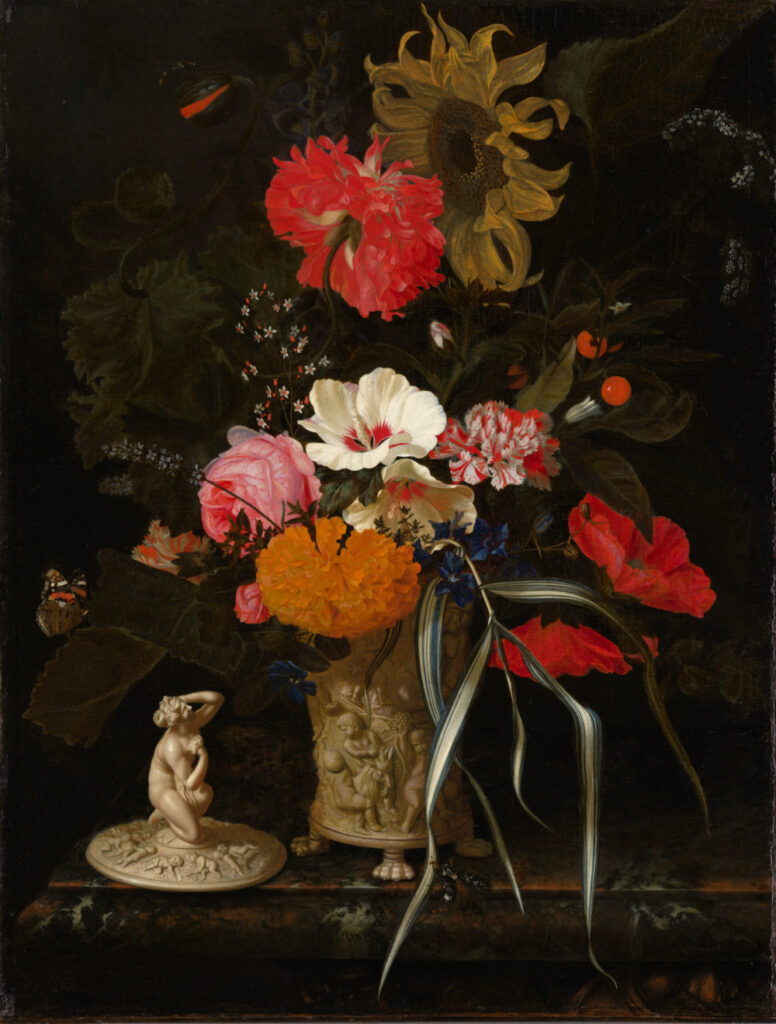
Johannes Vermeer (1632-1675) was barely known beyond his hometown of Delft during his artistic life, but is now revered as one of the greatest painters who ever lived; although not many paintings have been definitively attributed to the artist- he worked slowly and died at just 43 after a moderately successful career had ended in financial troubles.
Born during the Dutch Golden Age- a period of extraordinary cultural, political, and economic growth, his paintings of everyday life rather than religious topics, resulted in a flurry of natural, realistic landscapes of which only around 35 survived. Focusing on farmers, maids, and merchants – rather than figures of Classical and Biblical history, Vermeer only painted two landscapes, but what made these stand out special are the mastery of colour and light, resulting in a unique delicacy. He used pigments such as ultramarine, (extremely expensive) vermillion, lead-tin yellow, and umber, boycotting details in favour of harmony.
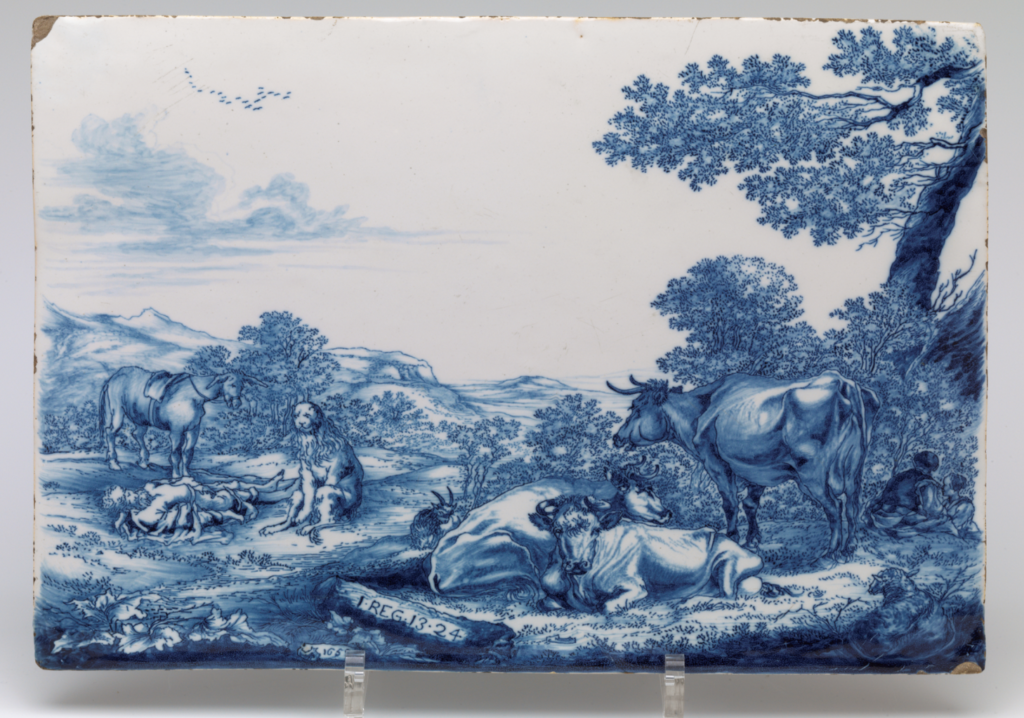
Visitors to this blockbuster show can enjoy masterpieces by Vermeer including The Milkmaid (1658), which is a simple composition embodying serenity and domestic idealism- known in the art world as a ‘tronie’. This popular art form in 17th century Dutch and Flemish painting was used not to depict a specific person, but a type of person (often referred to as a “head”). Because the face never had a name, she may not have even been real as Vermeer wasn’t trying to depict a living person, but a feeling in human form.
Also on show from the permanent collection are View of Houses in Delft (known as ‘The Little Street’), Woman Reading a Letter and The Love Letter. Confirmed loans from other museums include The Girl with a Pearl Earring, The Geographer, Lady Writing a Letter with her Maid and Woman Holding a Balance.
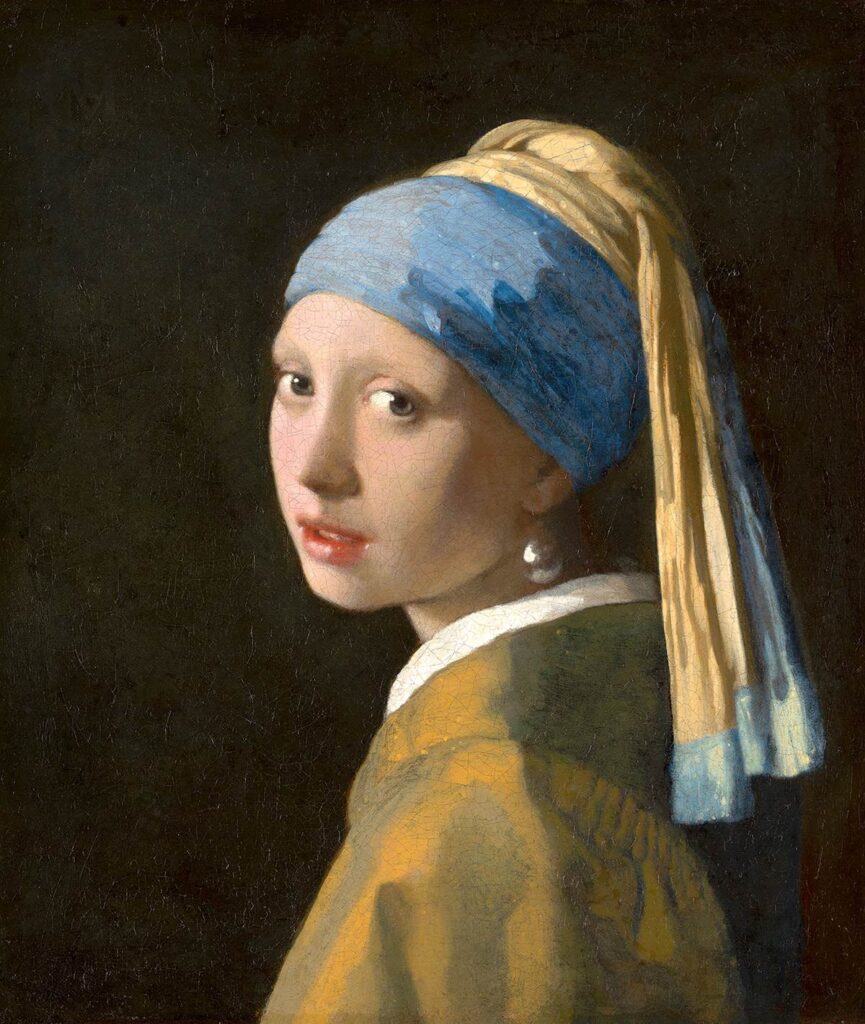
At the same time, the Museum Prinsenhof Delft will focus on Vermeer’s Delft (10 February to 4 June 2023). In the 17th century, the city of Delft was a breeding ground for Dutch design and innovation, and this will be the first-ever exhibition to explore the social-historical context in which Vermeer’s practice flourished. Expect key cultural references including Delft pottery and carpets, research materials and personal letters alongside works by Vermeer’s contemporaries, which was the backbone of the artistic, intellectual and social climate in Delft in the 17th century.
In contrast, the Dupont and Limburgs Museums celebrate contemporary culture, focusing on immersive, tactile and audio offerings, along with sculptures and pieces which stimulate the senses. Until 5th February, visitors to the Museum De Pont can enjoy Sebastián Díaz Morales ‘Miles Marchan’ (Thousands March). Argentinian artist Díaz Morales (1975) has created a video installation consisting of thousands of legs compiled from footage of various demonstrations in which the focus lies not on the individual, or on their faces and slogans, but on the movement of the whole. The resulting imagery is equal parts poetry and activism, resulting in a fiction- reality fusion.
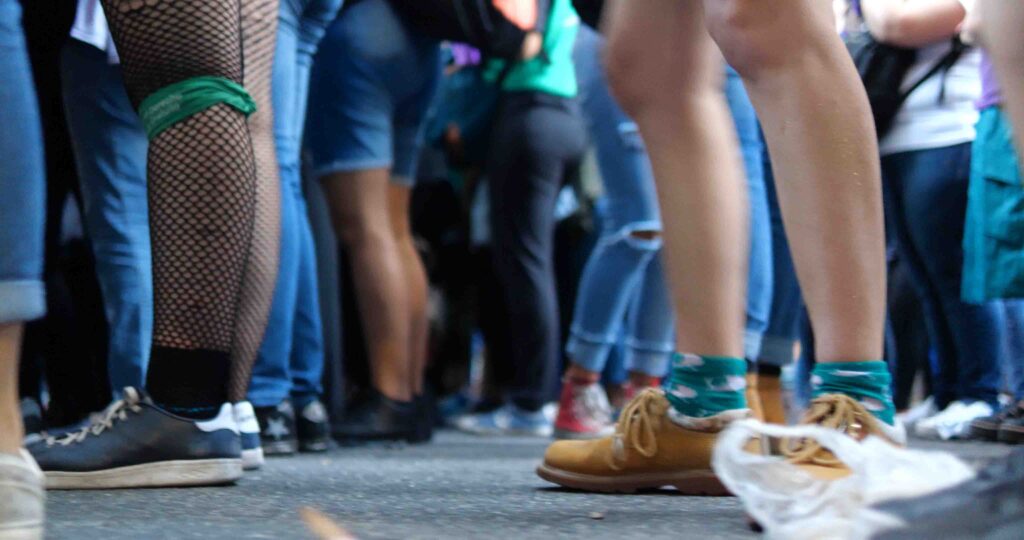
Young legs, old legs, bare legs and legs shrouded in hosiery and denim, were all filmed at pavement level and flow past you in an impressive current of varying rhythms to a soundtrack composed in collaboration with South African sound artist Philip Miller. Abstract yet realistic, tranquil yet rousing, the faceless legs are all in motion and in pursuit of a singular goal, although you never learn what it is.
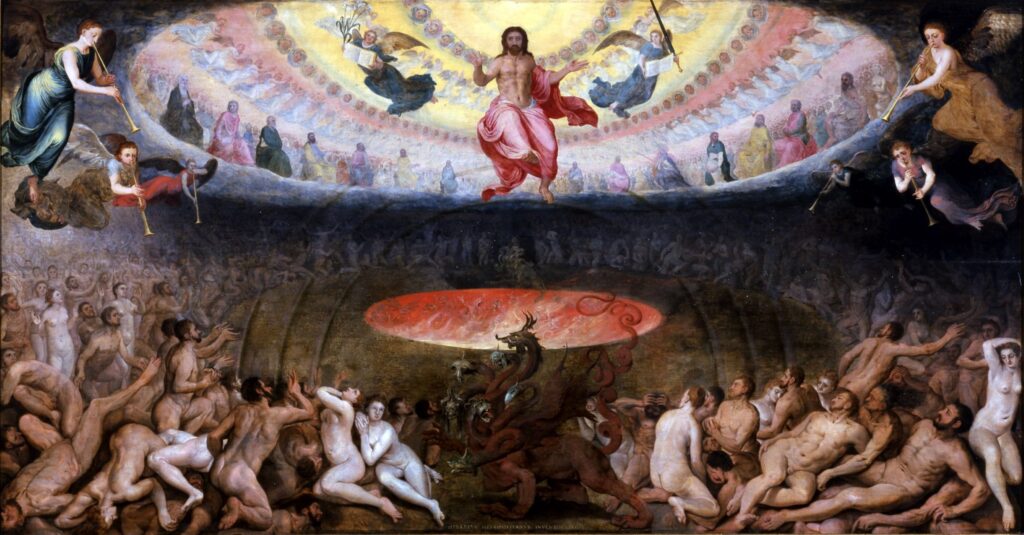
If you prefer to venture into the surreal, the Limburgs Museum is showcasing Mysticism: Rituals, Stillness, Ecstasy until 19th March. Displaying artwork that depicts prayers and meditation, music and dance, and trance-inducing drink or drugs, in a variety of forms, the exhibition will explore how people have been trying to transcend daily reality and have been searching for ‘more’, for centuries. Showcasing contemporary artists including Wim Delvoye, Melanie Bonajo, Les Deux Garçons, Ted Noten, Rineke Dijkstra, Studio Job and Hans Op de Beeck, the themes have been approached in an intriguing and thought-provoking way.
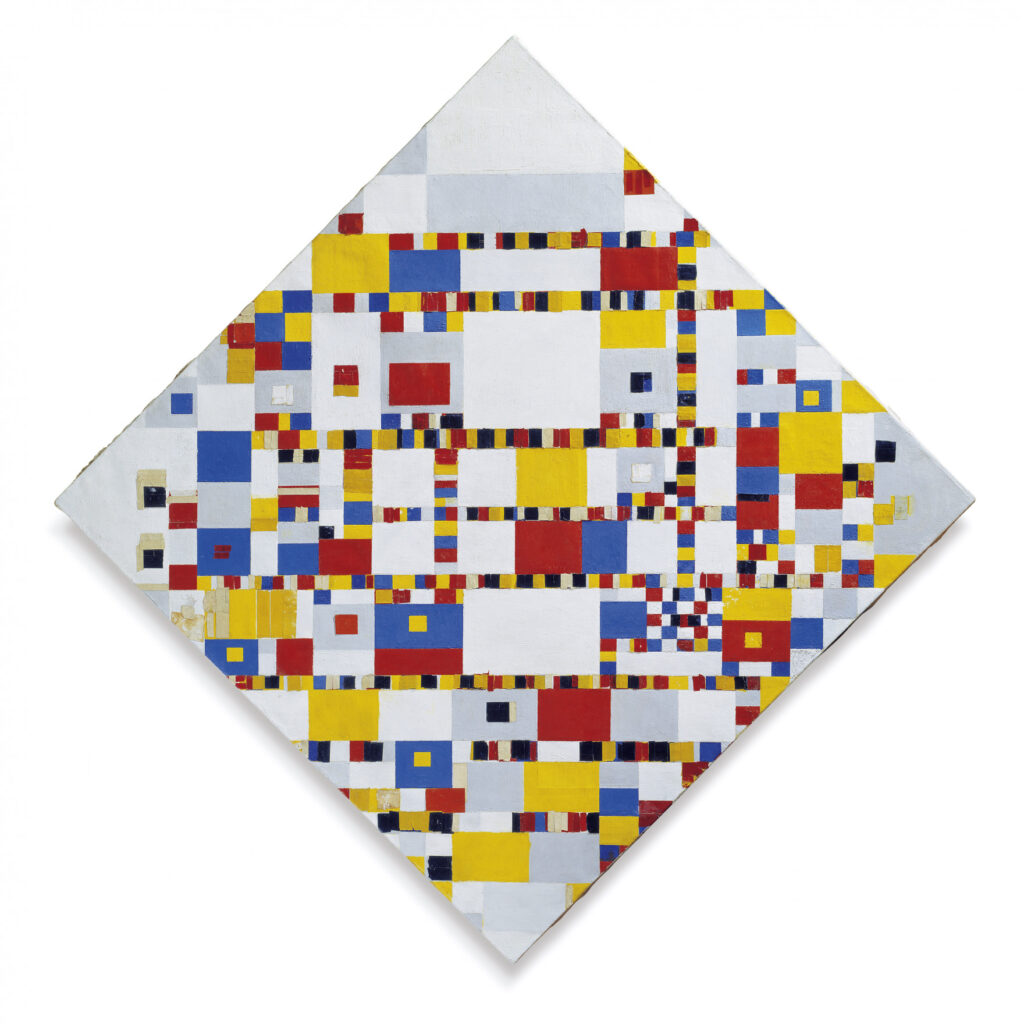
A short hop over to the Hague and the Kunstmuseum kicks off its new year offering with a group show of the groundbreaking Hilma af Klint & Piet Mondrian in collaboration with the Tate Modern. Both found their way to abstraction, as a result of the changing world of the early 20th century; and although they never met, the exhibition will show that their unique styles grew out of a shared fascination with the natural world and a desire to understand the forces behind life on earth.
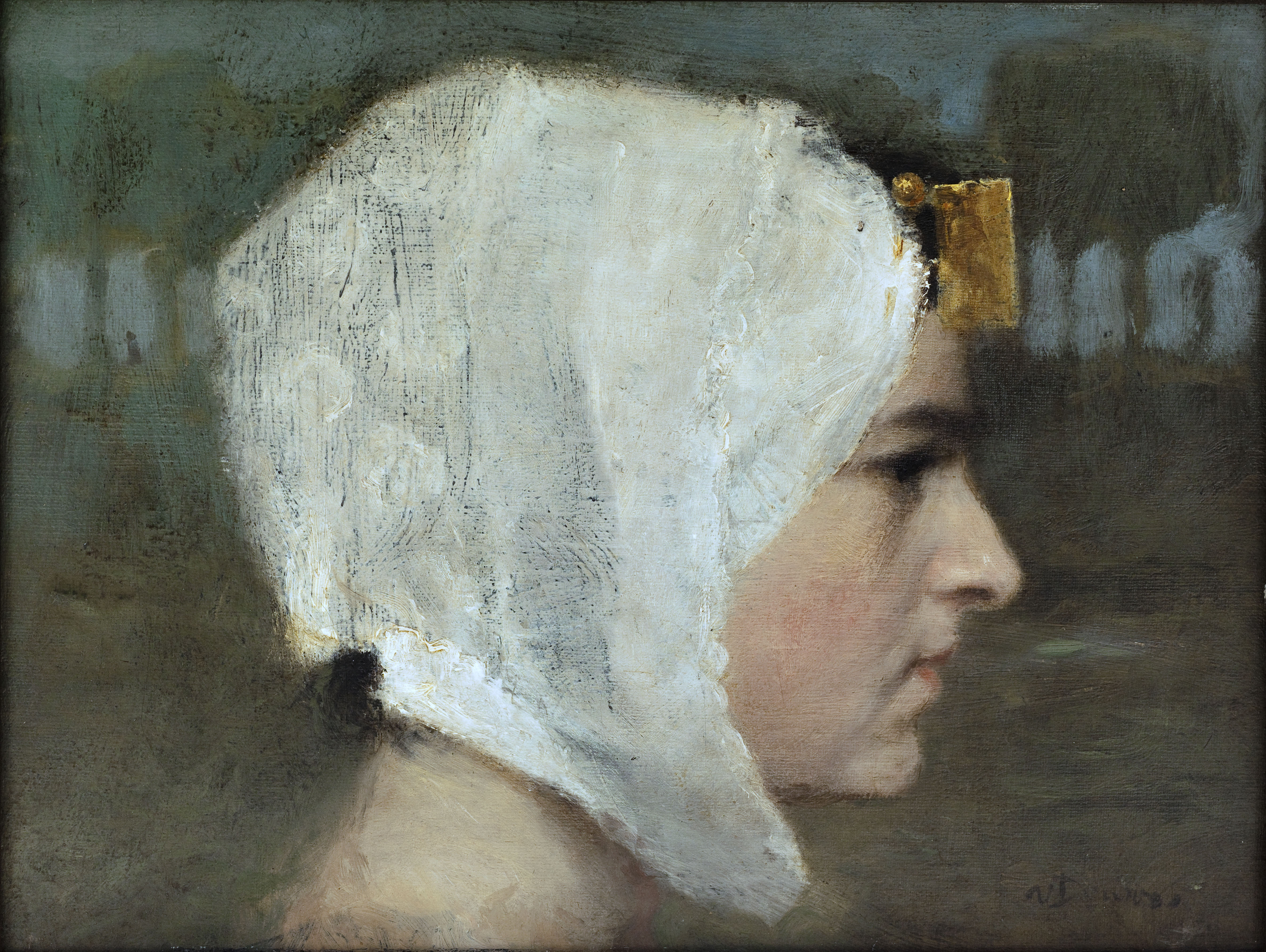
The Singer Laren gallery in northern Holland celebrates Dutch artist Kees van Dongen from Delfshaven, who has already become one of the most renowned modernist artists of the twentieth century. Beginning his career in Paris shortly after 1900, in a studio on the rue Saulnier next to the Folies-Bergère, Kees van Dongen courted anarchy, and is regarded as the first artist to use electric light. The resulting masterpieces are unnatural and alienating, and this show promises to highlight all aspects of one of Holland’s most avant-garde artists.
Sara Darling

